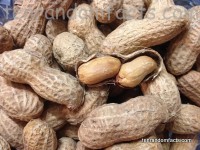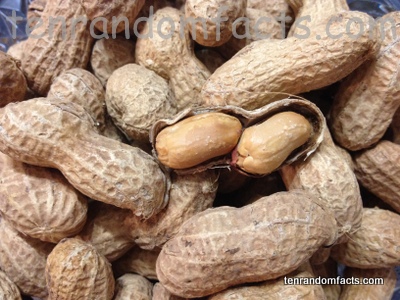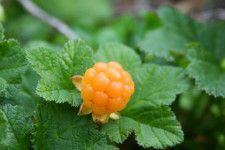
Don’t drift into another world while eating a delicious cloudberry!
- Cloudberries are a variety of fruit originating in the northern areas of North America, Europe and Russia, and they are found in cold, boggy, mountainous regions.
- ‘Cloudberries’ are also known as ‘knotberries’, ‘low-bush salmonberries’, ‘evrons’, ‘averins’, and ‘bakeapples’.
- The cloudberry grows on a plant with the scientific name Rubus chamaemorus, and it is from the family Rosaceae, the family of roses.
- Cloudberries are made up of small bubbly drupelets, numbering from 5 to 25, and they are not unlike a raspberry in appearance and size, with a diameter of 1 to 2 centimetres (0.4 to 0.8 inches).
- When ripe, the colour of a cloudberry is typically an orange to yellow colour, sometimes with a tinge of red, while the unripe fruit is red in colour.
A Cloudberry
Image courtesy of kahvikisu/Flickr
- The cloudberry is generally considered a wild berry, as it is not commonly farmed because of its unique growing conditions, although in recent years, cultivation of the berry for commercial purposes has increased.
- The texture of a cloudberry is juicy and perhaps creamy, and it has a tart to sweet taste depending on its ripeness.
- Cloudberries are sometimes eaten fresh, with cream, ice-cream or other dairy-based desserts, but they are more commonly made into jam, fruit tarts or pies, and liqueur, and they are often purchased frozen as they do not store well.
- Finnish, Norwegian, Scottish, Alaskan and Canadian communities commonly utilise cloudberries in their cuisine, and they are considered a luxury in some areas.
- Cloudberries are extremely high in vitamin C, are a good source of antioxidants, and they also contain other vitamins and minerals.
Bibliography:
Cloudberries, 2014, Swedish Food, http://www.swedishfood.com/cloudberries
Gorman R, Cloudberry, 2009, Native Plants of Alaska, https://www.uaf.edu/files/ces/publications-db/catalog/anr/HGA-00232E.pdf
Rubus chamaemorus, 2016, Wikipedia, https://en.wikipedia.org/wiki/Rubus_chamaemorus
Rubus chamaemorus L., 2016, Northern Ontario Plant Database, http://www.northernontarioflora.ca/description.cfm?speciesid=1004433




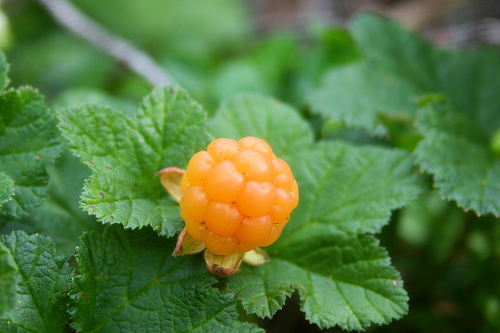
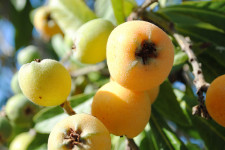
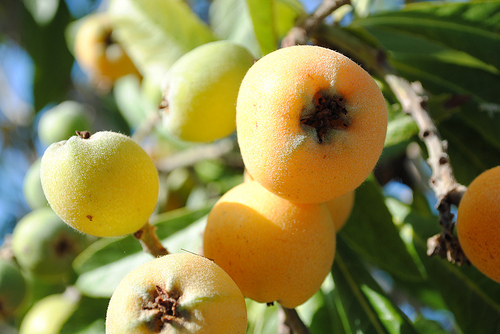

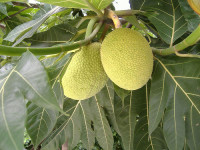
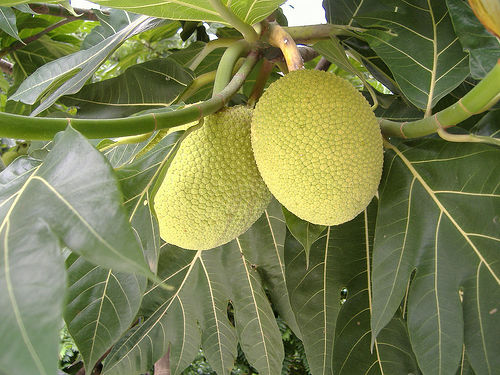

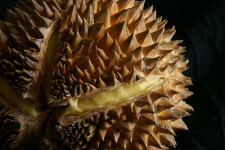
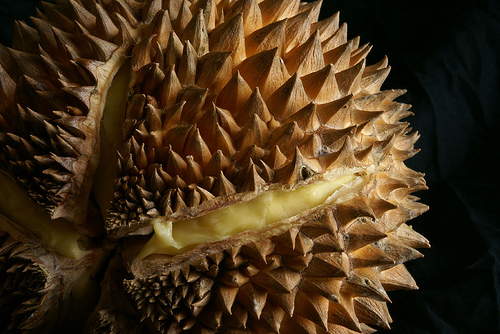

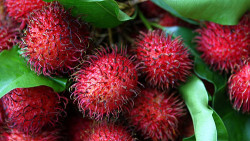
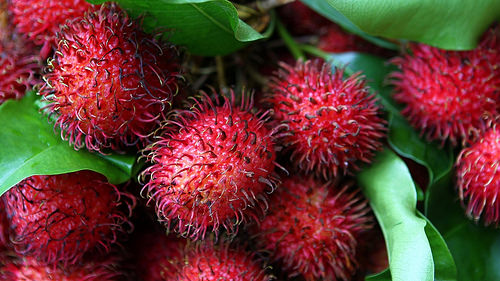 Rambutan
Rambutan